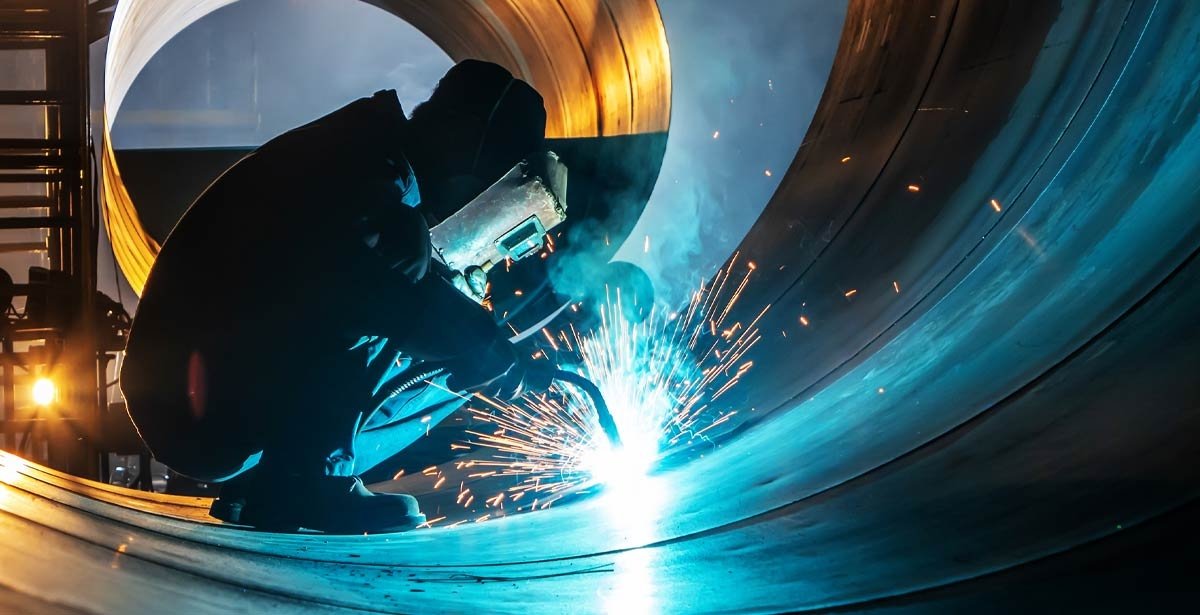Welding is an indispensable process in various industries, from manufacturing to construction, and it depends on various techniques and materials to achieve optimal results. Among these techniques, using inert gases as shielding gases plays a pivotal role in ensuring the quality and integrity of welded joints. Argon, one such inert gas, is renowned for its versatility and effectiveness in welding applications. This article will explore why argon gas is extensively used as a shielding gas in welding applications.
Inert Nature Provides Ideal Shielding
Argon’s inert nature is one of the primary attributes that make it an ideal shielding gas for welding. When welding metals, protecting the weld pool from the harmful effects of atmospheric gases, such as oxygen and nitrogen, is crucial. These gases can cause oxidation and contamination of the weld, weakening joints and compromising structural integrity. Due to its inert nature, the gas exhibits minimal reactivity with other elements, rendering it a superb option for establishing a stable and protective atmosphere around the process. By displacing the surrounding air with argon, welders ensure that the weld pool remains free from atmospheric contamination, producing high-quality, clean welds.
Heat Control and Reduced Distortion
Controlling the heat during the process is essential to achieve the desired weld bead profile and prevent workpiece distortion. When employed as a shielding gas, argon fosters the formation of a steady arc, granting welders precise control over the heat input directed into the weld pool. This control minimises the risk of overheating, leading to distortion, warping, and other defects in the welded joint. Maintaining consistent heat is particularly important when working with materials sensitive to temperature changes, such as aluminium and stainless steel. Argon’s heat-controlling properties produce high-quality, distortion-free welds, ensuring the integrity of the final product.
Enhanced Arc Stability
Welding processes, such as gas tungsten arc welding (GTAW) and gas metal arc welding (GMAW), depend on a stable arc for successful operations. Argon gases provide exceptional arc stability, crucial for producing precise and controlled welds when used as a shielding gas. The stable arc generated by the gas ensures that the electrode and workpiece maintain a consistent distance, reducing the likelihood of arc wandering or interruptions. This stability improves the weld quality and enhances the welder’s ability to work on thin or delicate materials, where arc stability is paramount.
Minimal Splatter and Spatter
One of the common challenges is the generation of splatter and spatter – tiny molten metal particles that can scatter and adhere to the workpiece or surrounding areas. Splatter and spatter not only affect the aesthetic appearance of the weld but can also lead to defects and reduced weld quality. With its ability to create a stable and controlled arc, Argon gas helps minimise the production of splatter and spatter during welding. The smooth and consistent arc provided by argon ensures that the molten metal is directed precisely into the weld pool, reducing the likelihood of erratic droplet formation. This results in cleaner welds with fewer post-weld cleaning requirements, saving time and effort for welders.
Wide Applicability Across Materials
Argon gas’s versatility extends to its broad applicability across various materials. Whether welding carbon steel, stainless steel, aluminium, or exotic alloys, argon remains a reliable choice for shielding gas. Its inert nature and heat-controlling properties make it adaptable to various welding processes, including TIG welding, MIG, and plasma arc. Welders appreciate the convenience of using this inert gas in different applications without constant gas changes. This adaptability streamlines the procedure and guarantees uniform weld quality, irrespective of the specific material. Argon’s compatibility with various metals and welding methods makes it a cost-effective and dependable choice for welders in diverse industries.
Conclusion
The role of Argon gas as a shielding gas in welding is indispensable for achieving high-quality, clean, and precise welds. Its inert nature, heat-controlling properties, arc stability, and ability to minimise splatter and spatter contribute to its widespread use in the industry. Furthermore, argon’s versatility allows it to be applied across various materials and welding processes, making it a valuable asset for welders across various sectors.


